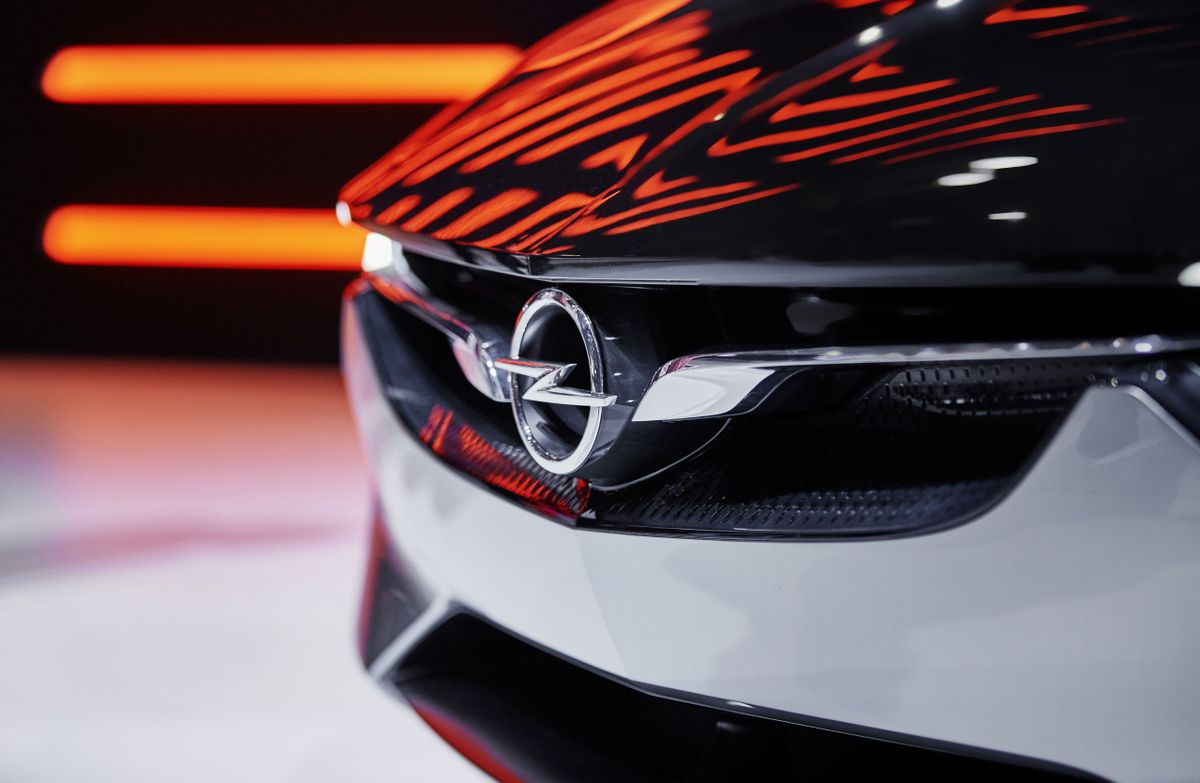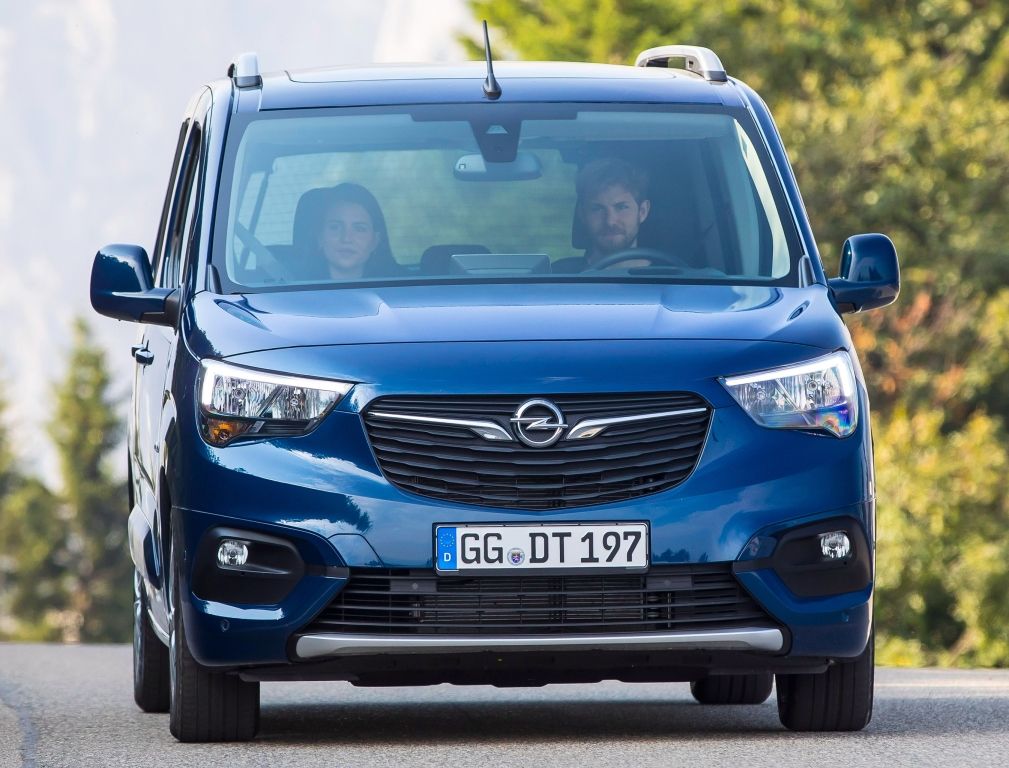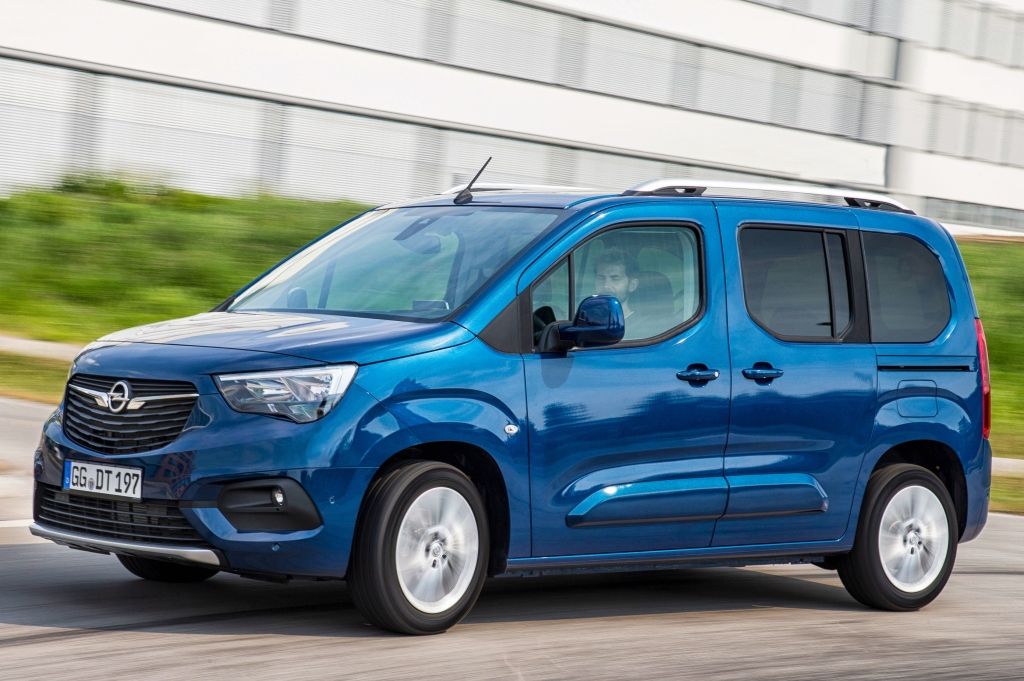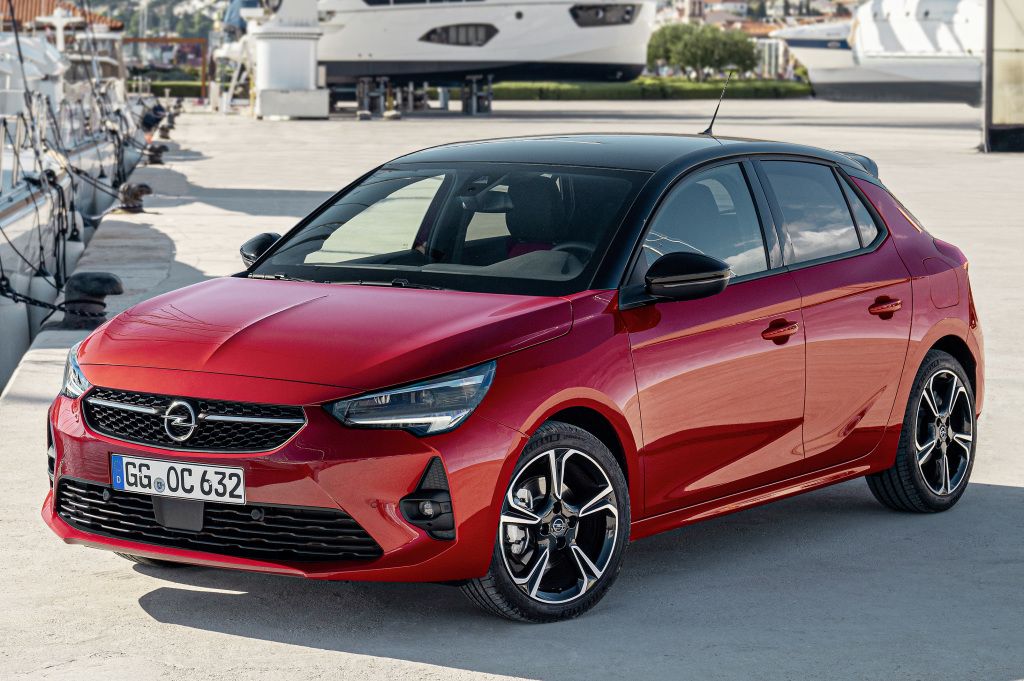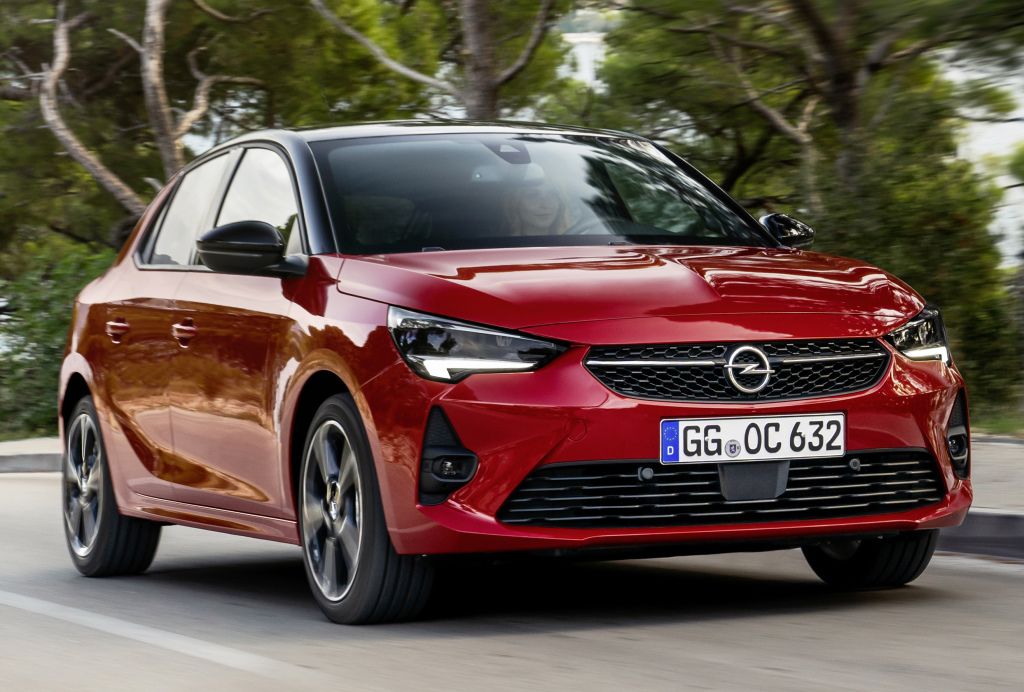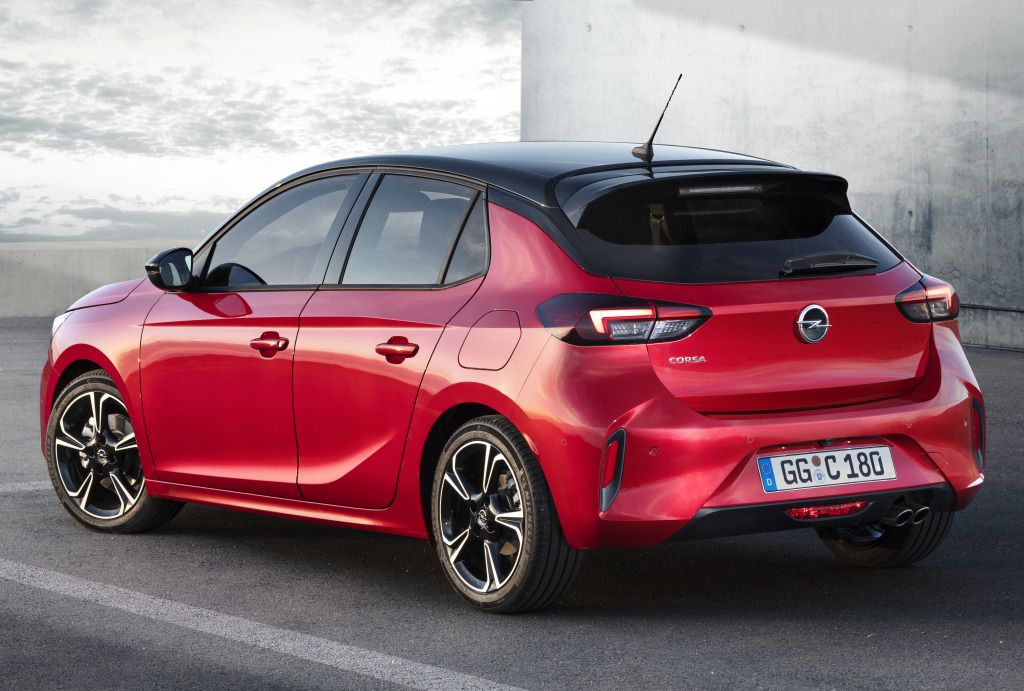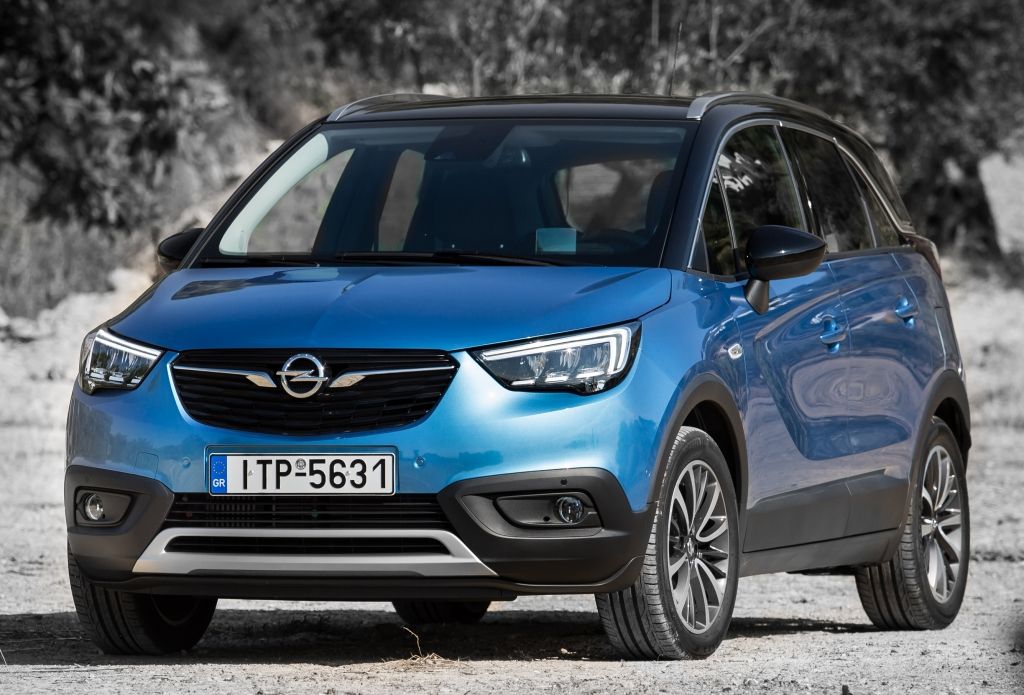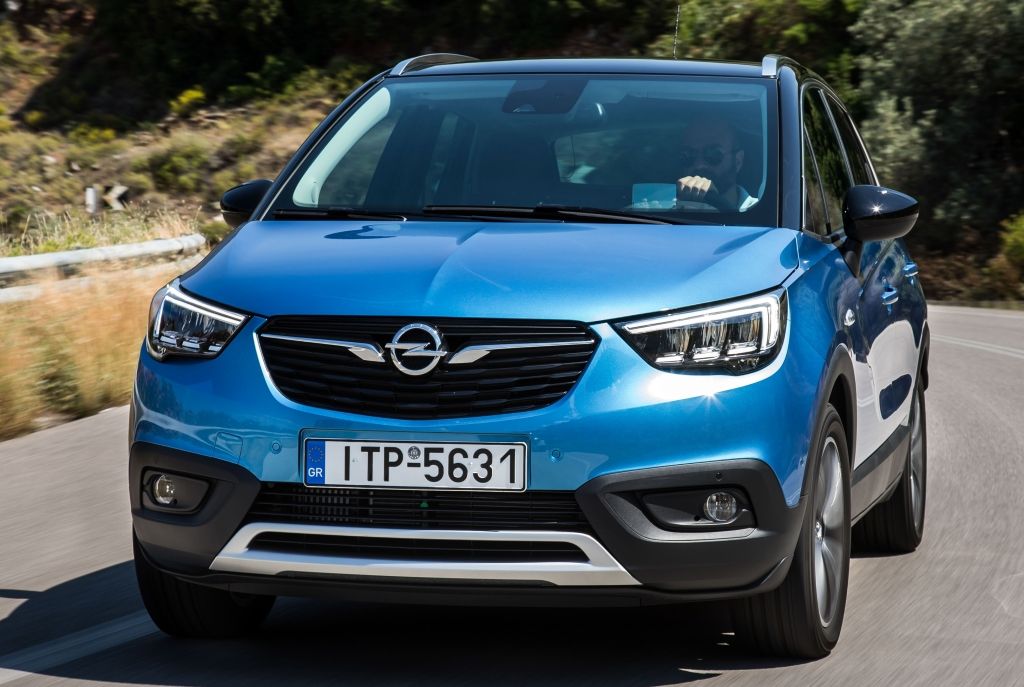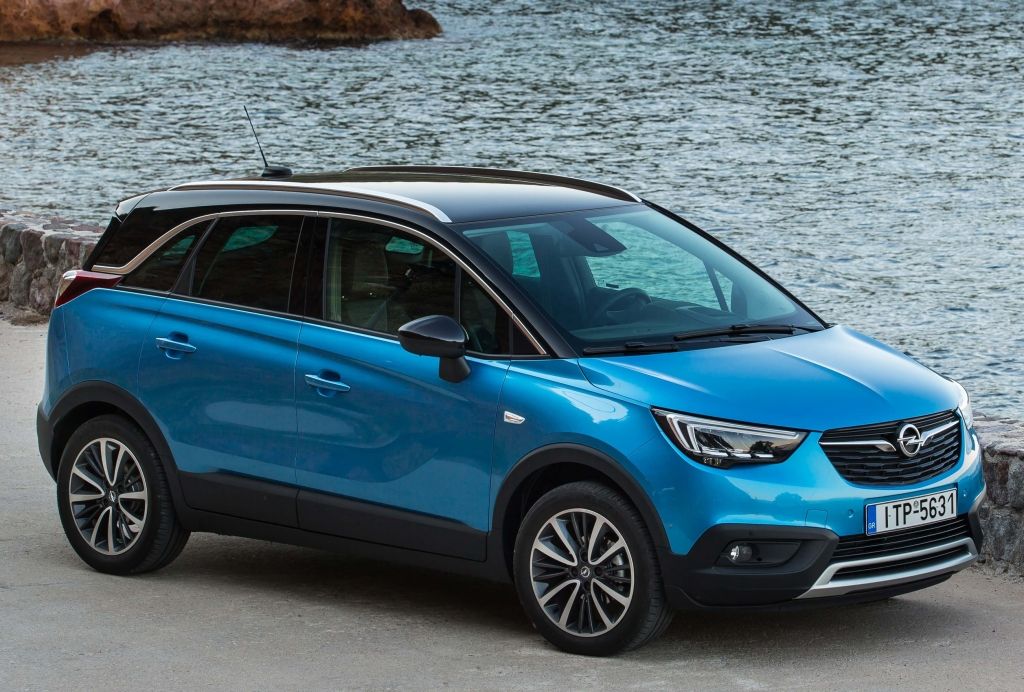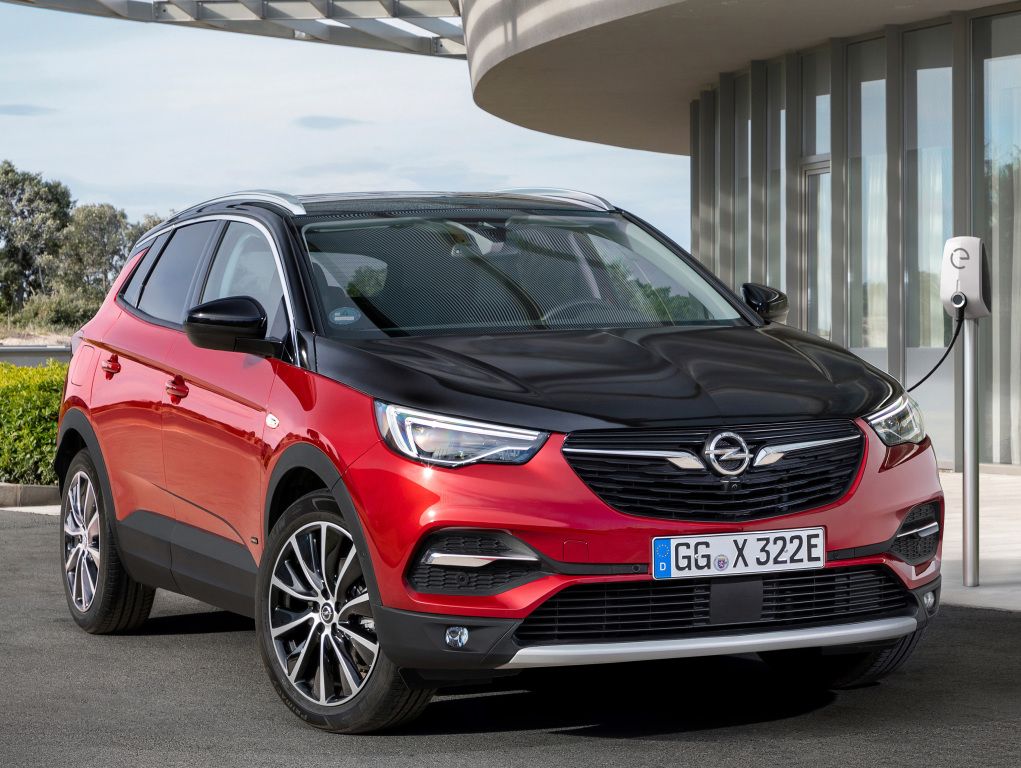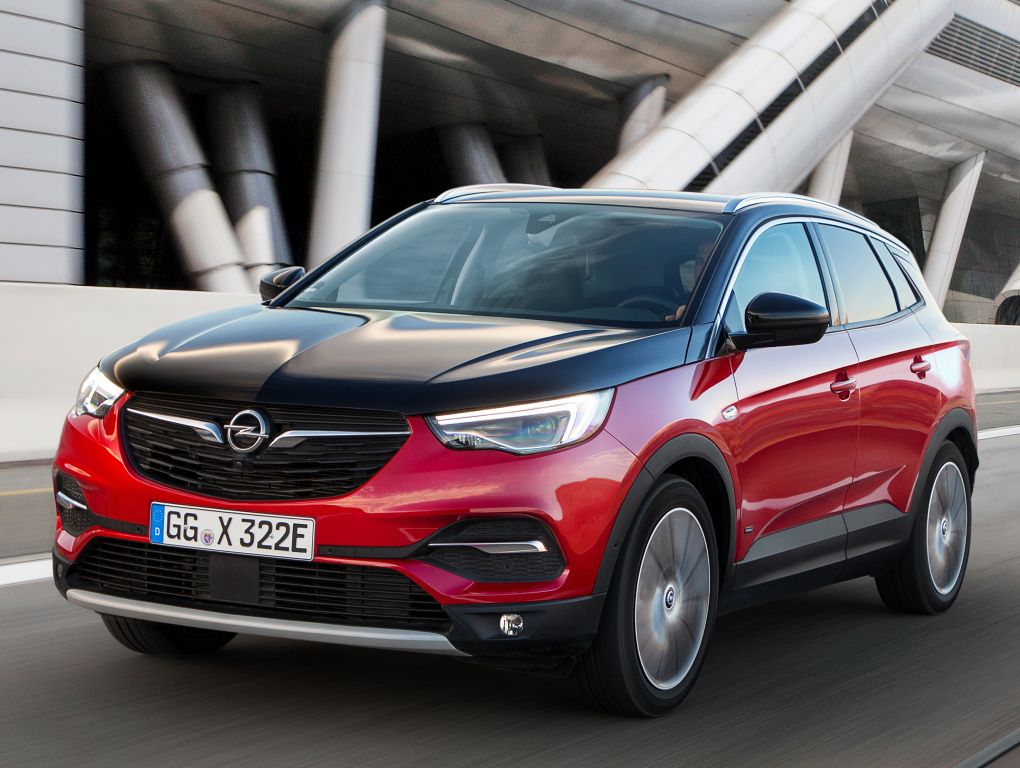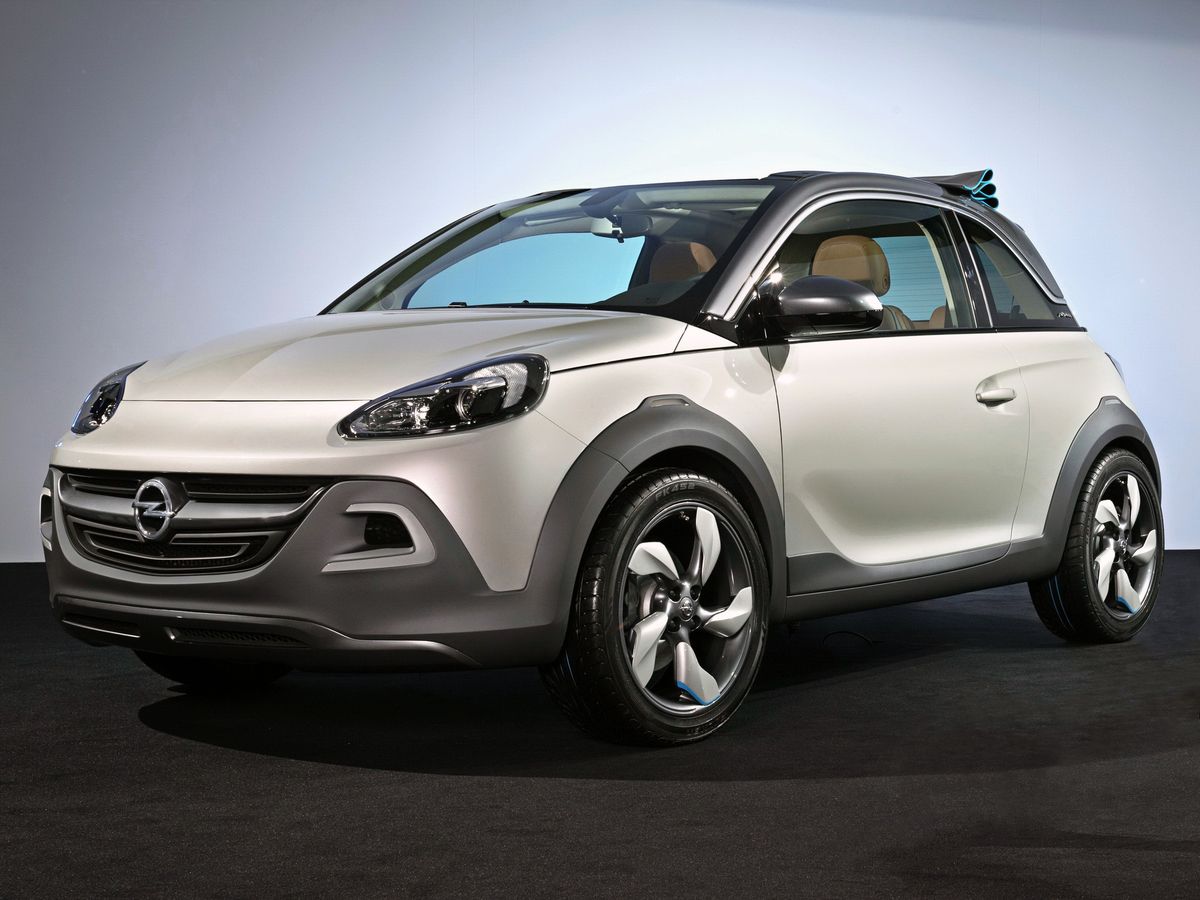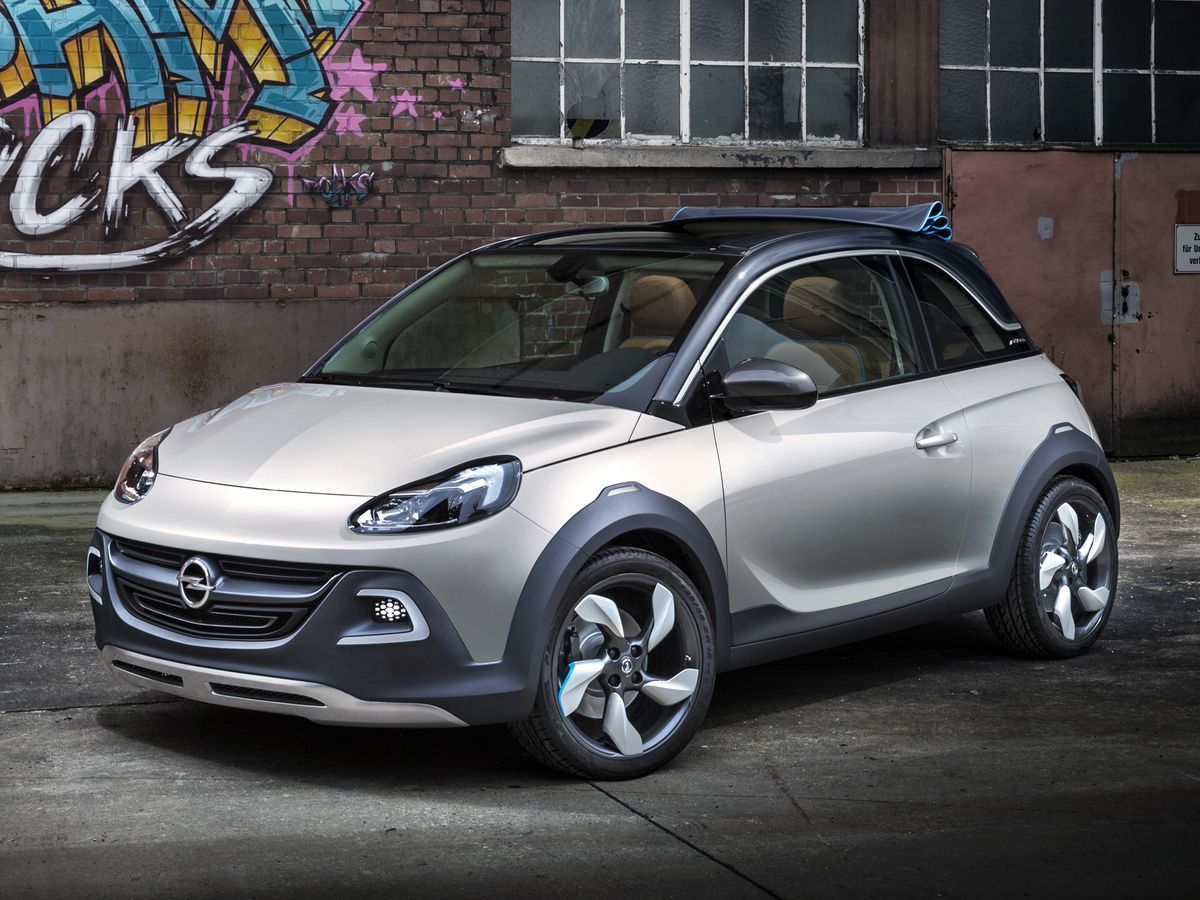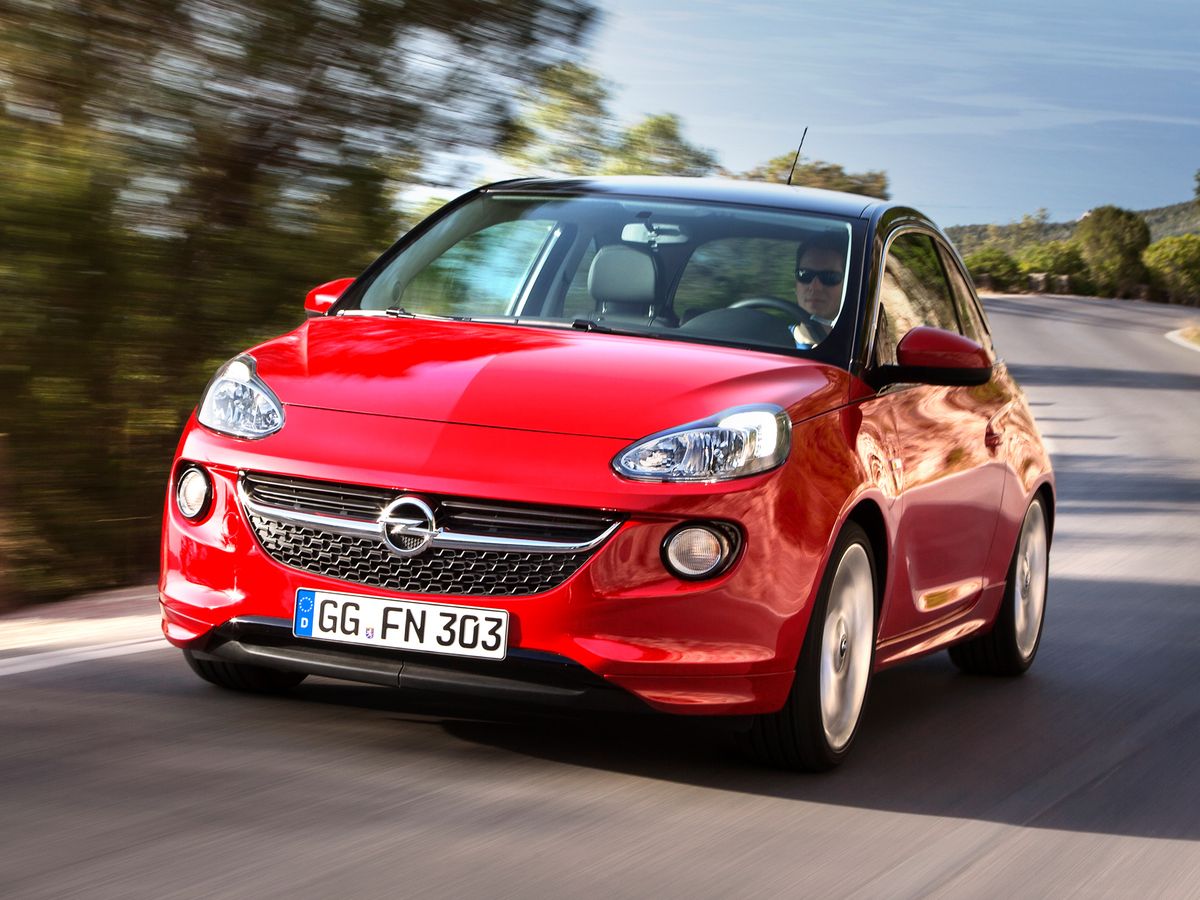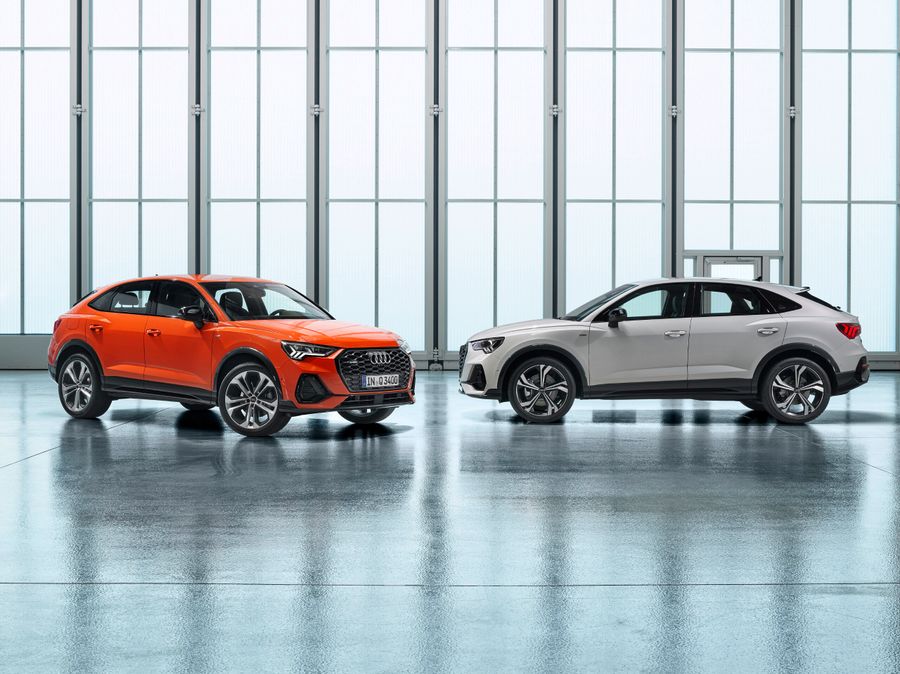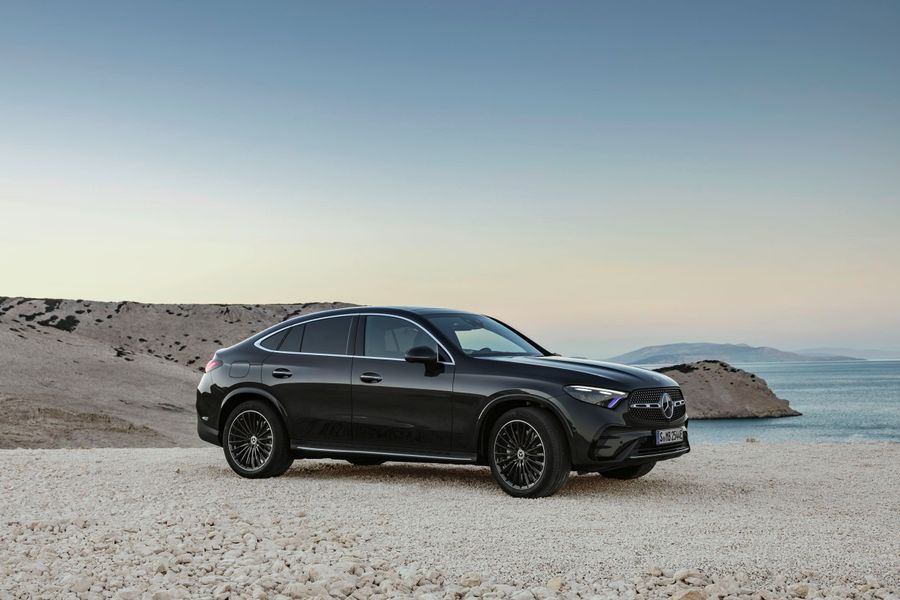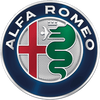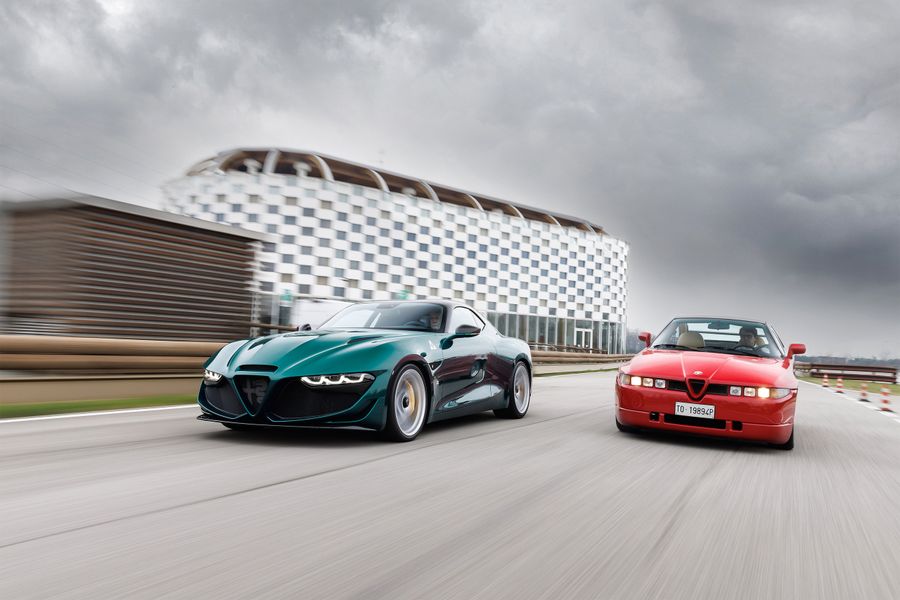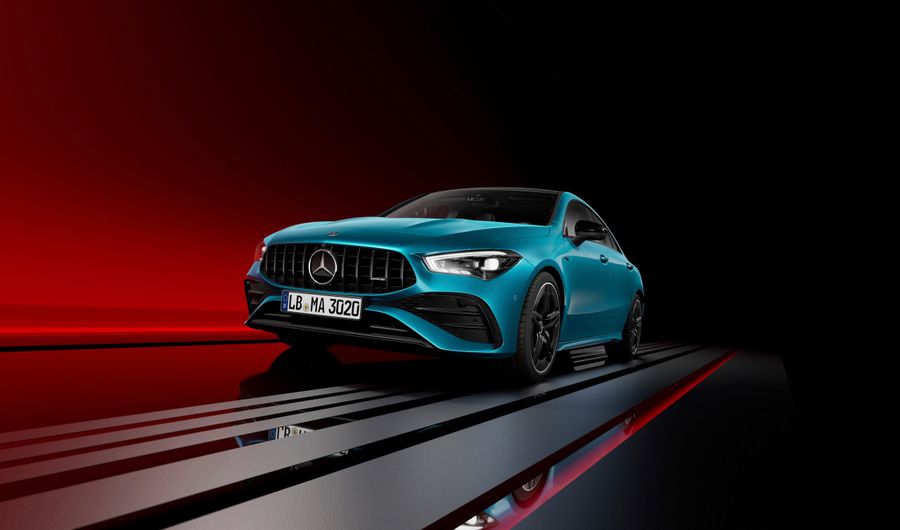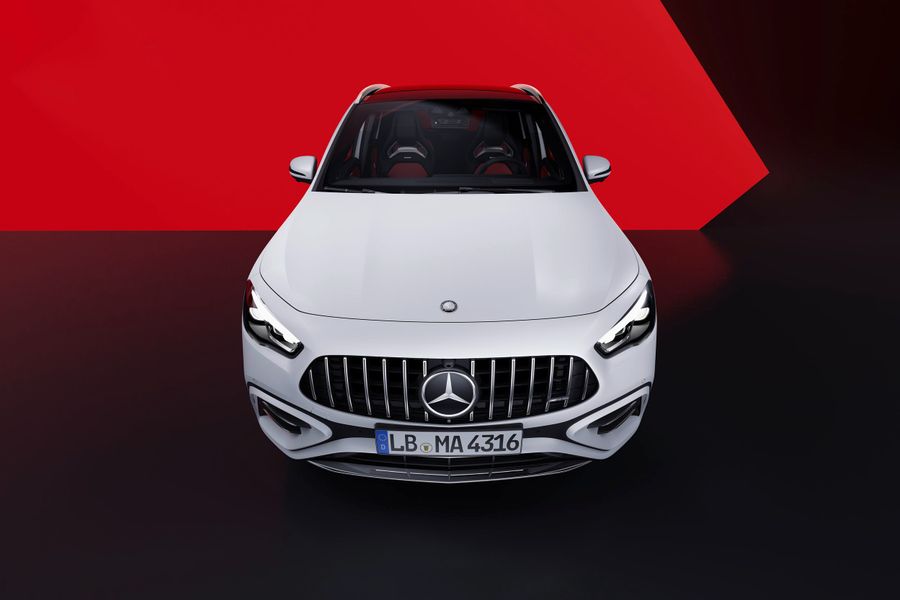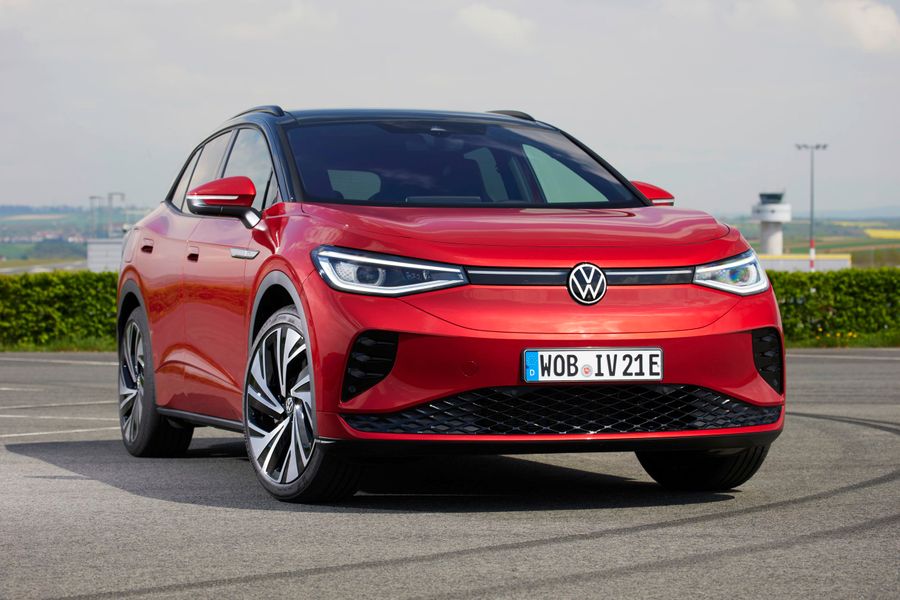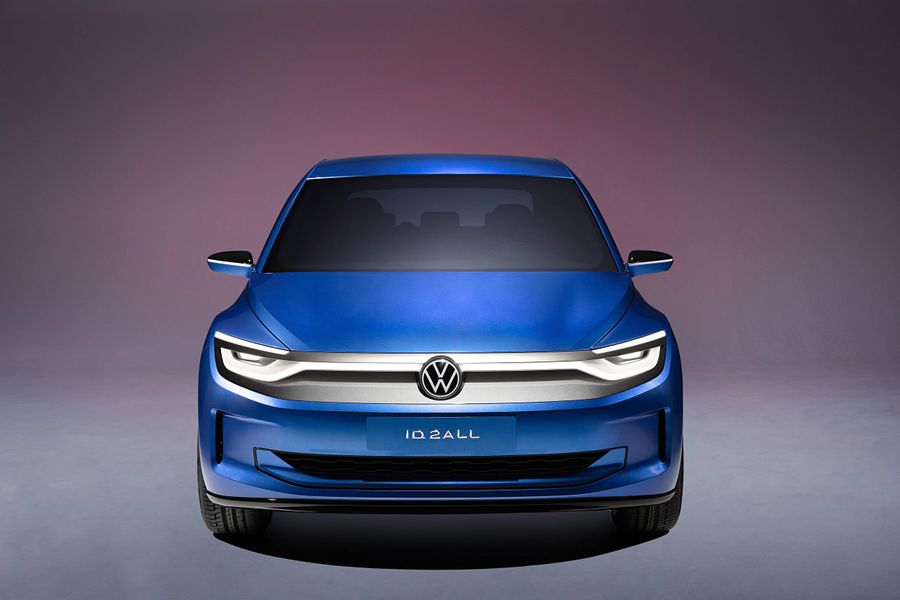
Opel. From sewing machines to hi-tech
Adam Opel AG is a famous German brand and one of the oldest automotive companies in the world. Car production started in 1899 there. Opel is a brand that unites cars to suit every taste, need, and budget. Opel cars have been finalists and winners of contests many times. Since the first days, Opel aims to both use the newest scientific and technological achievements, and make these affordable. All this has started with sewing machines...
For a while, the Opel brand belonged to General Motors and was the biggest affiliate of General Motors outside the USA. In 2017 Opel was purchased by another big worldwide concern, French Groupe PSA. Groupe PSA is Europe’s second carmaker that sold 4.13M cars in 2018 that is about 4.8% of the market. Besides Opel, the concern owns Peugeot, Citroen, DS, and Vauxhall. PSA acquired Opel and Vauxhall brands from General Motors as late as in 2017. In 2018, the newly acquired brands showed real benefit. In Adam Opel AG factories located in Rüsselsheim am Main, Bochum, Kaiserslautern, Berlin, In Belgian Antwerp, where more than 55K people work. Opel provides a collection of cars to meet every need, request, and means: Corsa, Tigra, Agila, Astra, Vectra, Calibra, Meriva, Omega, Zafira. Frontera SUV, and Sintra Minivan, after all.
Adam Opel AG is a famous German brand and one of the oldest automotive companies in the world. Car production started in 1899 there. The brand belongs to the French Groupe PSA. Groupe PSA is Europe’s second carmaker that sold 4.13M cars in 2018 that is about 4.8% of the market.
Opel cars have been finalists and winners of contests many times. The most successful Opel model – Opel Astra – is one of the first finalists of the Car of the Year contest; EuroNCAP granted it 5 stars; it’s acknowledged as the safest compact sedan. Since the production has begun, 7M+ Opel Astra cars are sold in more than 90 countries all over the world. (according to the data from 2011-2019).
All this has started with peasant hats and sewing machines...
It's worth noting that Opel is not just the name of the company founder. It’s also the name of a hilly downland in the South of Germany, located on the banks of Rhine. Local people, mostly simple peasants, were called “opels”. Such an opel became an industrialist who set things straight enough to produce hats for people who lived in Rüsselsheim am Main. In 1862, his son, Adam Opel, brought his father the first sewing machine. Soon he established his own company called Opel to produce sewing machines in order to make hats faster. As a result, this family business became the biggest hat manufacturer in entire Germany. Opel was a talented guy and succeeded in everything he tried to do!
It’s no wonder that when he decided to produce bicycles, Opel brand became acknowledged in entire Europe, making 2000 bicycles a year. Opel was the first to suggest using new pneumatic tires from the Englishman Dunlop in bicycle wheels. Opel was the biggest manufacturer of sewing machines and bicycles in Germany until Adam passed away.
Unfortunately, Adam didn't see his first car in his lifetime. It was built by Adam’s children – Karl and Wilhelm, champions of bicycle races. In 1897 these two famous racing cyclists were invited to the Berlin motor show where they saw, self-propelled wagons and decided to establish car production. In 1898, they purchased Lutzman’s factory and acquired a license to produce their first car - Opel Patent Motor Car, System Lutzmann. It was assembled in 1899. This was a starting milestone of the Opel’s automotive timeline.
The most famous Opel models
First Opels were middle-class cars, hundred-percent perfect but unassuming. Winning the Kaiser Wilhelm’s prize in 1907 enhanced the prestige of the company by far. As early as in 1912, 10000-th Opel was made. In 1914, Opel became the biggest German automotive company, selling 3335 cars a year. In 1924, after Wilhelm Opel visited the USA, he fully modernized his factory and became the first German carmaker who applied assembly line. This was the time when the legendary Laubfrosch (“treefrog”) was built. It was Opel 4/12 PS, a car painted bright-green. In 1927, 39000 “treefrogs” have been produced.
However, the global economic crisis was about to start, forcing Opel to look for a strong partner. In 1931, Opel became the 100% affiliate of General Motors. In 1936, Opel became the biggest European automotive company. One year later, Opel produced its first Opel Kadett, the real car for people. Its price was fixed – just 2100 Reichsmarks. More expensive Opel Olympia, a basis for Opel Kadett, cost 2500 Reichsmarks. By the way, a family of the Soviet Moskvitch 400/420 was a result of the reverse engineering of the 4-door Kadett, continued to be made in Moscow with some minor changes like independent front suspension until 1956.
The most famous Opel truck - Opel Blitz – was first produced in '40s too. The lighting sign became the Opel’s logo because “Blitz” is German for “lightning”.
In the '40s, Opel refused its bicycle production and produced its millionth car. The most famous Opel truck - Opel Blitz – was first produced in '40s too. The lighting sign became the Opel’s logo because “Blitz” is German for “lightning”. 4WD Opel Blitz was able to drive uphill on a 70⁰ slope. Another novel solution was a track-type version of the truck called Opel Blitz Maultier.
After the Second World War, Opel rebuilt its nearly destroyed factory in Rüsselsheim am Main and introduced the models: Olympia and Kapitän. With the opening of another factory in Bochum, Opel began a new era and the millionth Opel Kadett left the factory. The total production of cars exceeded 10M by this time. Opel Senator and Opel Monza appeared. And Opel became the largest automotive manufacturer in Germany again by covering 20.4% of the market.
In the 80s of the XX century, the Opel company introduced new technologies and increased its production once more, having already produced its 20-millionth car. Opel Omega with its low exhaust emissions became the Car of the Year, Opel Vectra set new standards in aerodynamics, the most compact car Opel Corsa has appeared. Produced in the Spanish factory, it was one of the most successful cars in the world among small cars, its production has long exceeded 11M cars. Besides, in the 80s, luxury Opel Senator B was first produced.
Asbestos-free clutch discs became standard, catalytic converters began to be installed on all models, and Opel was the first who supplied a closed catalytic converter as standard equipment on all their cars with a gasoline engine produced in Germany. The state-of-the-art paint shop in Bochum set global ecological standards by using water-soluble paints. The Opel Technical Development Center in Rüsselsheim, Germany, becomes the core of General Motors' international product strategy and a leading source of the latest technical developments. This is how Opel became a leader in implementing environmental regulations for its cars. Its gasoline and diesel engines had the lowest harmful emissions.
This is how Opel became a leader in implementing environmental regulations for its cars.
By the early '90s Opel produced its 30-millionth car, and almost all Opel models were restyled. Opel Cadet was replaced by the more modern Opel Astra. Especially interesting were the coupe Opel Tigra and a wagon with increased capacity Opel Sintra. Well, by the early 2000s, the 50-millionth Opel car was produced – it was done exactly on Opel's Birthday. The celebration of 100 years of Cars of Opel is held in the presence of German Chancellor Gerhard Schröder. The 90s have been years of introduction of various technologies and product improvements for the Opel Group. The novelty of the model range is a compact Minivan Opel Zafira.
In the 2000s, new models were born: 5-seat Minivan Opel Meriva and progressive Opel Signum, production of the new Opel Vectra began, and Opel Astra celebrated its 10th birthday. In general, Opel planned to produce a new or updated model every six months. Opel announces the most revolutionary cars in its history with a new generation of ECOTEC engines with high power and low pollution.
Opel cars of the twenty-first century are distinguished by their modern equipment. The latest generation models are equipped with navigation systems. New developments are coming into the picture as well. One of them, Opel Speedster roadster, Minivan Opel Agila, coupe Opel Astra. In 2006, Opel Zafira was awarded the Golden Steering Wheel. The last newest models were Opel Insignia in 2008 and Opel Ampera in 2012.
From its inception until now, Opel has not only sought to bring the latest research and development to life but, most importantly, to make them available to everyone. That's what has led Opel through all the stages of its history – from sewing machines and bicycles to Opel cars.

